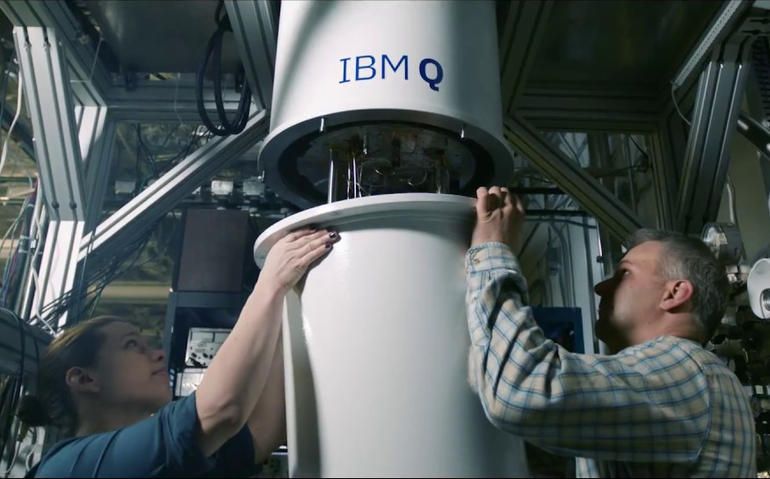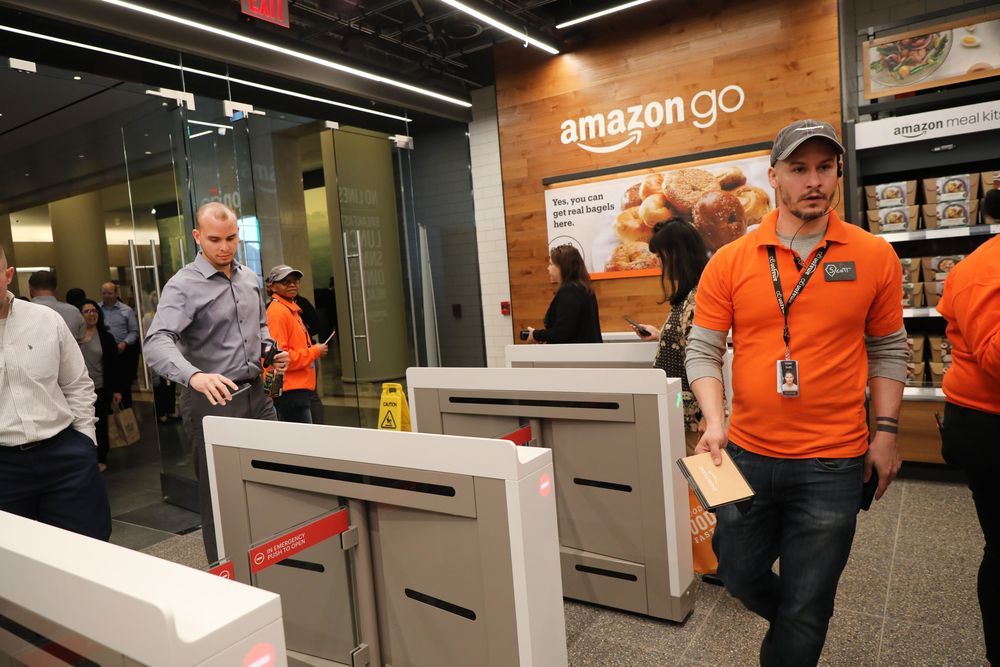Tesla has released the first official picture of a Model Y production vehicle, as well as pictures of the production line pictures — hinting at their previously discussed body manufacturing breakthrough.
With the release of Tesla’s Q4 2019 financial results, the automaker also announced the start of Model Y production, which happened earlier this month, and the start of deliveries in March.
For almost a year now, we have seen Model Y pre-production prototypes on public roads as part of Tesla’s extensive test program.









